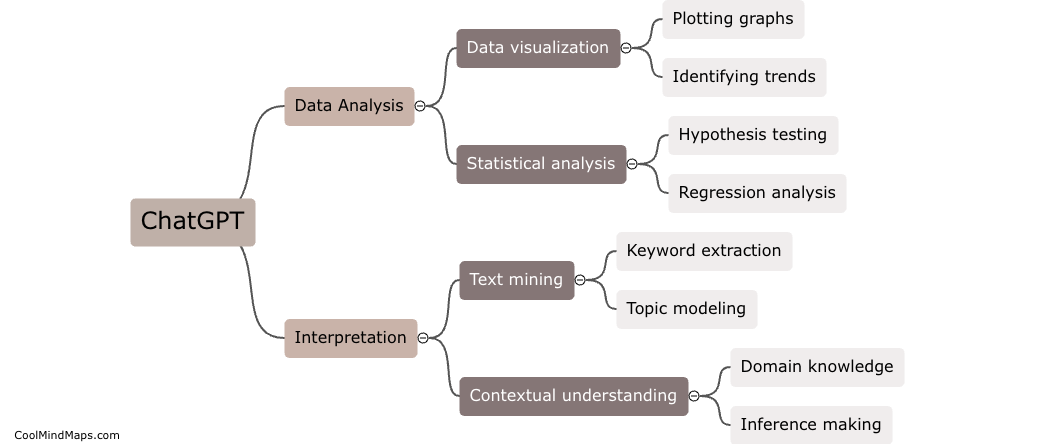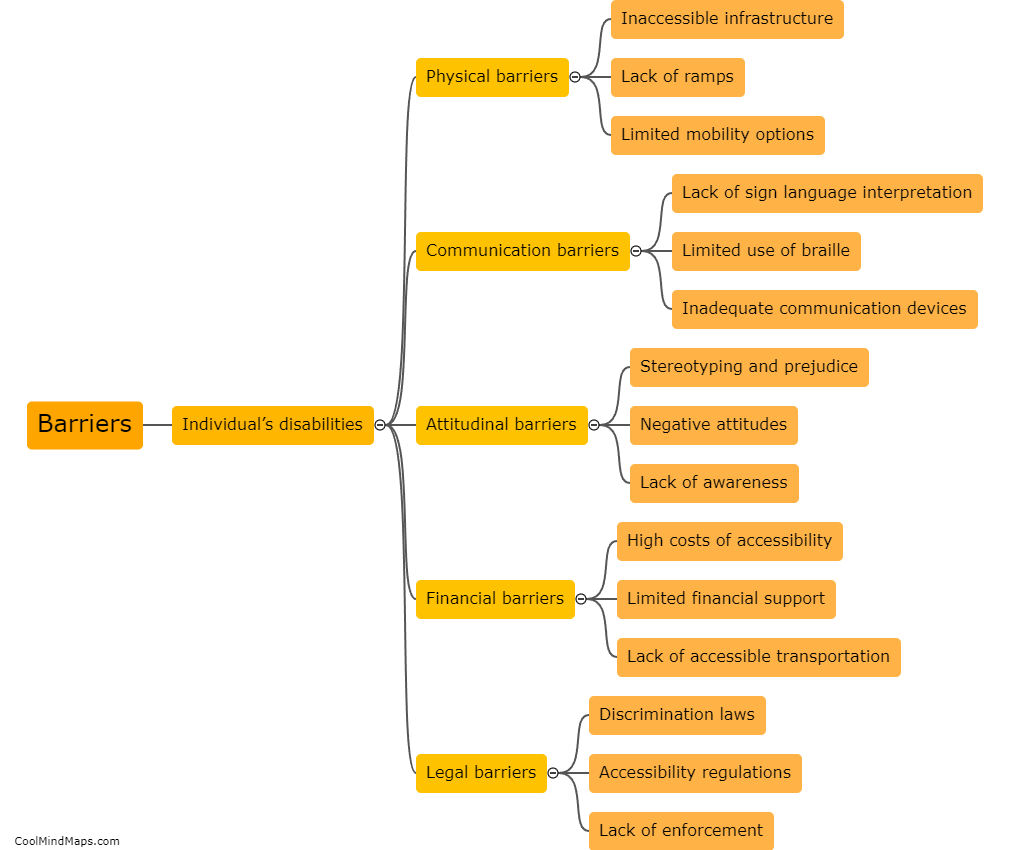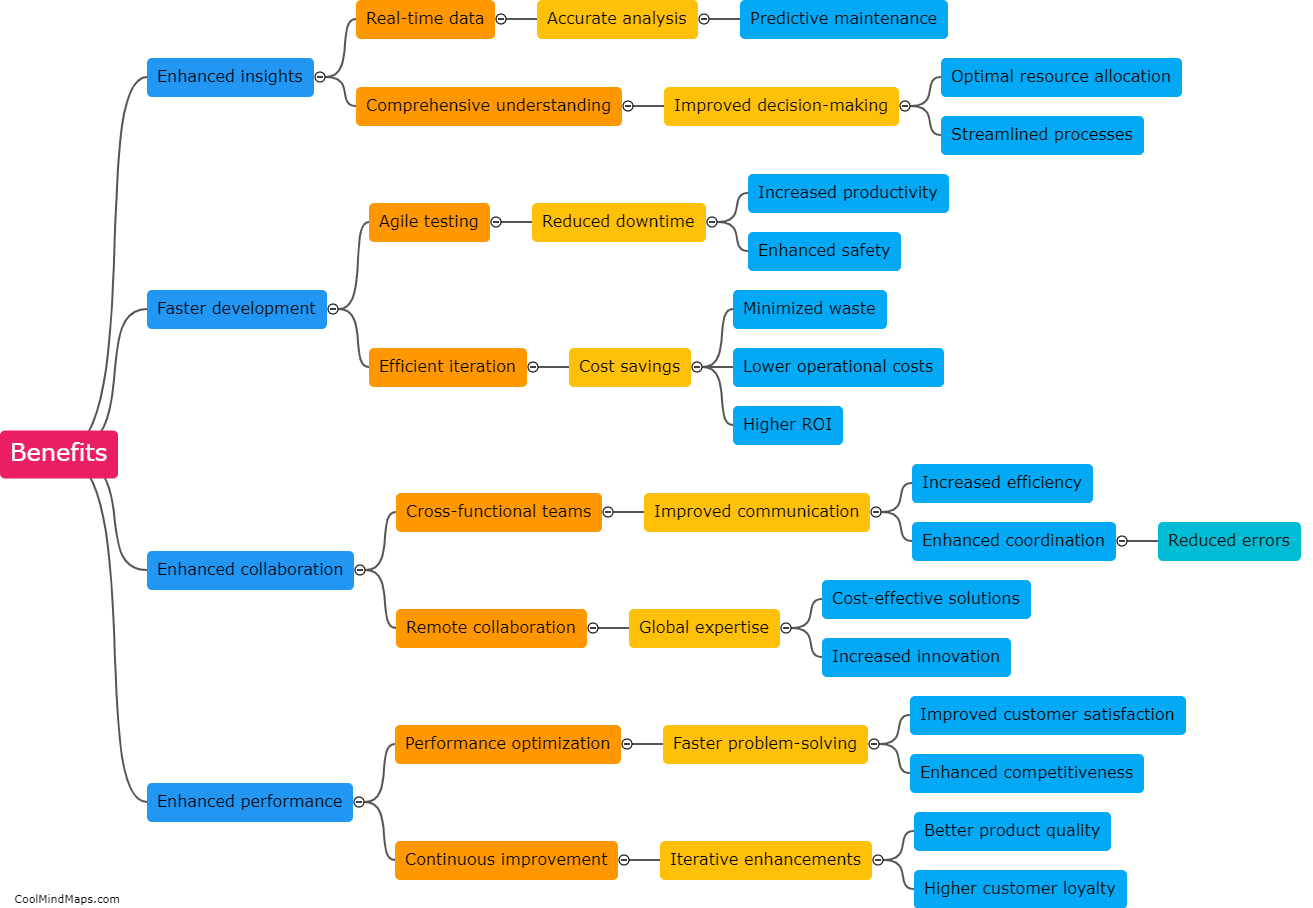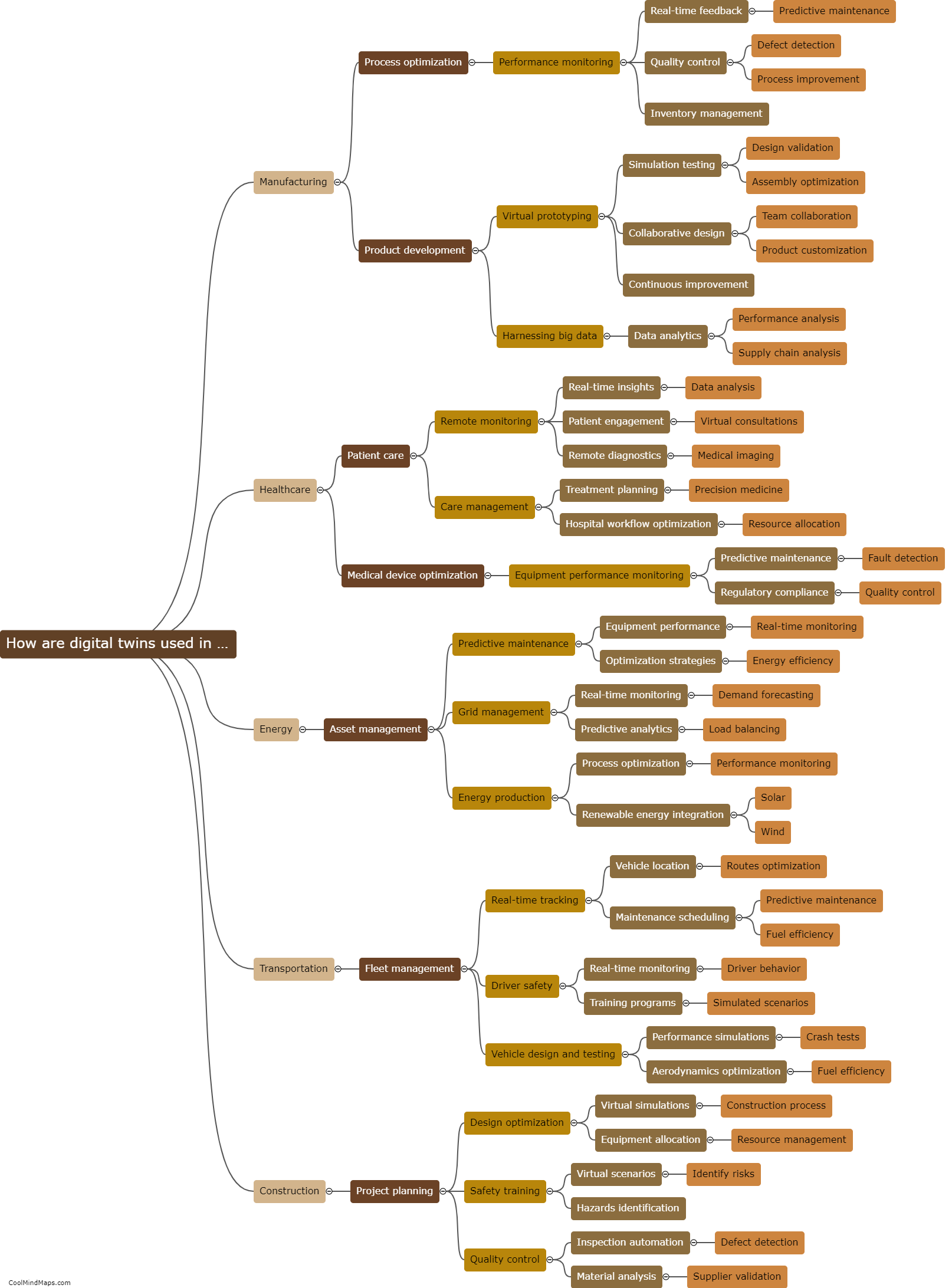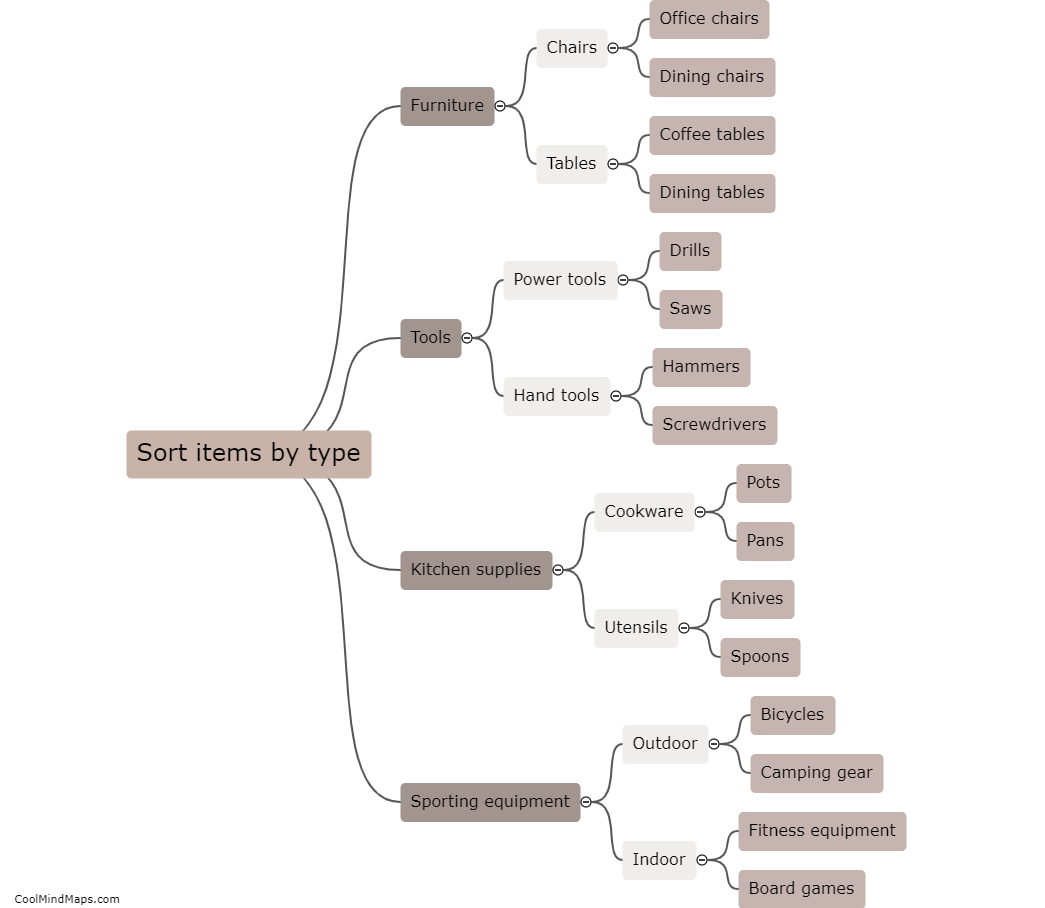How are digital twins expected to evolve in the future?
Digital twins are expected to undergo significant evolution in the future, fueled by rapid advancements in technology and increased adoption across industries. One key aspect of their evolution is enhanced connectivity and integration. Digital twins are likely to become more interconnected with other systems, allowing for real-time data exchange and seamless collaboration. This will enable better synchronization between physical assets and their digital counterparts, leading to more accurate simulations and predictions. Additionally, advancements in artificial intelligence and machine learning will enable digital twins to become more intelligent and autonomous, actively learning from data and making real-time decisions. The increased availability and affordability of sensors and IoT devices will also contribute to the evolution of digital twins by enabling the collection of more comprehensive and granular data, further enhancing their accuracy and usefulness. Overall, the future of digital twins holds promise for improved performance, efficiency, and optimization across industries.

This mind map was published on 8 December 2023 and has been viewed 100 times.

